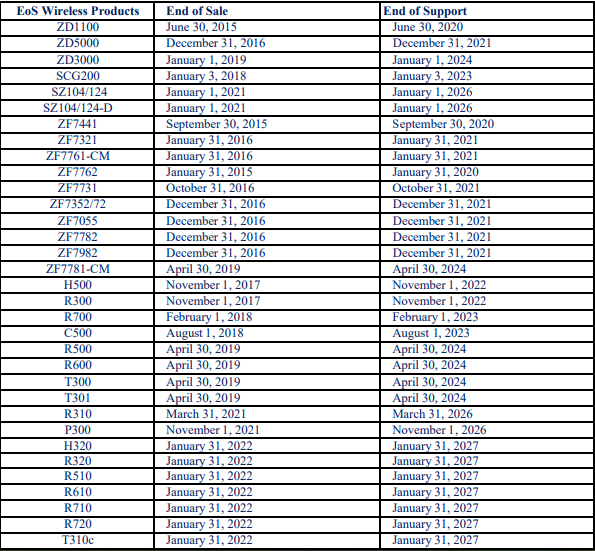Lots of comments already mentioning the differences. I have tried these, including the mentioned ipfire, and decided on the end to use opnsense plus openwrt on two different devices.
I chose opnsense at the time many years ago because it supported wireguard out of the box, where as pfsense required some weird install process I didn't want to deal with. Plus I liked the UI to opnsense more.
My moden has been literally replaced by my firewall so I have the ONT connected to it and then use it to do all the heavy lifting for... Well, firewall stuff. It connects to a VPN so my entire network routes through the VPN. Then my openwrt device is connected to that. It also handles firewall stuff, but more at an internal level (keeping network devices only permitted to communicate with devices I say are okay, blocking internet access, etc) and also hosts my nginx setup to route to various servers.
While I could do everything on one machine with opnsense, I've got a particular setup that allows me to have multiple devices at the firewall level, truly isolated from the rest of my internal network (for a couple of internet open port services). And it gives me peace of mind that if someone found a zero day in opnsense, I'm not totally screwed unless they also got one in openwrt.
To answer "which is better to begin with", I personally find opnsense way more flexible and robust than the other 2 options. Has a lot more capabilities and upgrading is super easy without requiring jumping through weird hoops and such like openwrt does.
